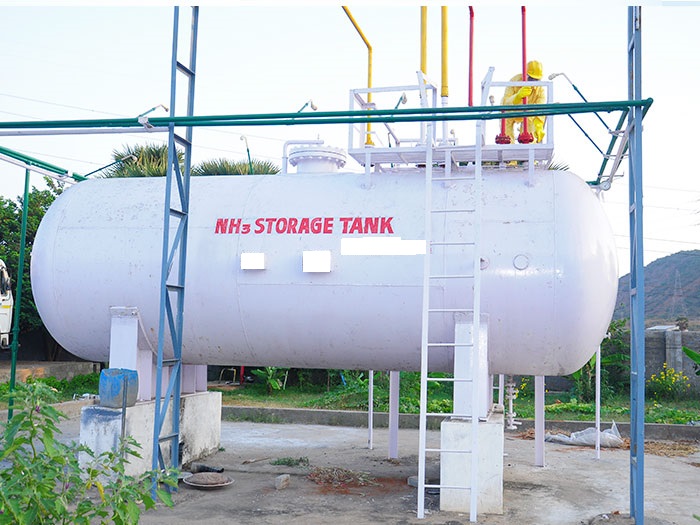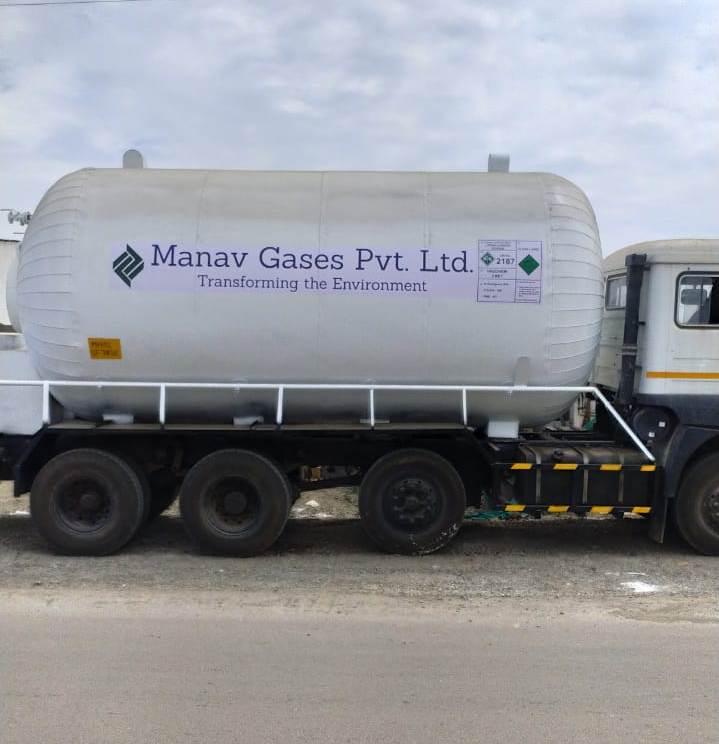Ammonia in Aqueous Solution
Ammonia in Aqueous Solution
Ammonia solution also known as ammonia water, ammonium hydroxide, ammoniacal liquor, ammonia liquor, aqua ammonia, aqueous ammonia, or (inaccurately) ammonia, is a solution of ammonia in water. It can be denoted by the symbols NH3(aq).
Like other gases, ammonia exhibits decreasing solubility in solvent liquids as the temperature of the solvent increases. Ammonia solutions decrease in density as the concentration of dissolved ammonia increases. At 15.6 °C (60.1 °F), the density of a saturated solution is 0.88 g/ml and contains 35.6% ammonia by mass, 308 grams of ammonia per litre of solution, and has a molarity of approximately 18 mol/L. At higher temperatures, the molarity of the saturated solution decreases and the density increases. Upon warming saturated solutions, ammonia gas is released.
Ammonia in Aqueous Solution uses:
In industry, aqueous ammonia can be used as a precursor to some alkyl amines, although anhydrous ammonia is usually preferred. Hexamethylenetetramine forms readily from aqueous ammonia and formaldehyde. Ethylenediamine forms from 1,2-dichloroethane and aqueous ammonia.
In the early years of the twentieth century, the vapor absorption cycle using water-ammonia systems was popular and widely used, but after the development of the vapor compression cycle it lost much of its importance because of its low coefficient of performance (about one fifth of that of the vapor compression cycle). Both the Electrolux refrigerator and the Einstein refrigerator are well known examples of this application of the ammonia solution.
Ammonia is used to produce monochloramine, which is used as a disinfectant. Chloramine is preferred over chlorination for its ability to remain active in stagnant water pipes longer, reducing the risk of waterborne infections.

